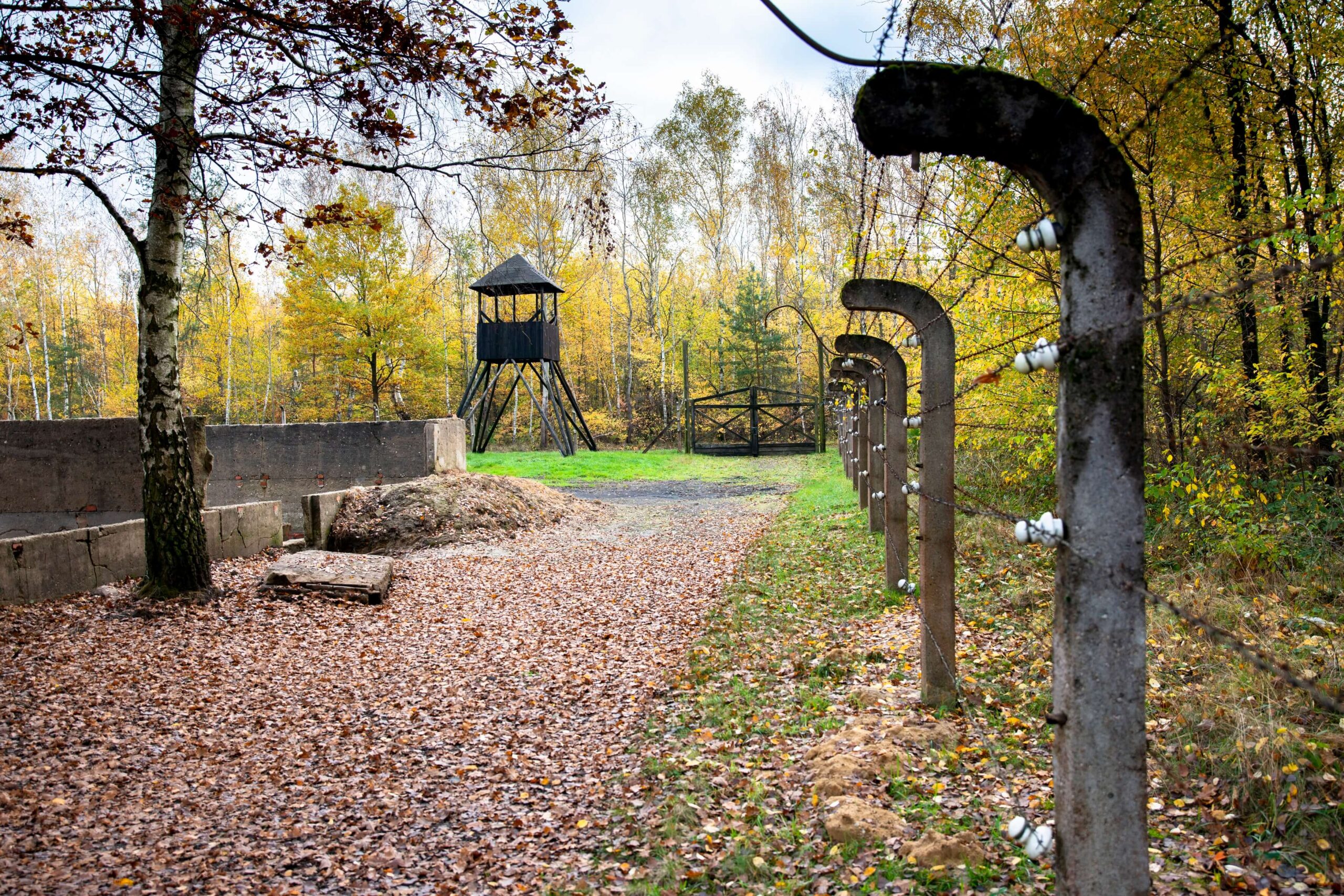This website uses cookies so that we can provide you with the best user experience possible. Cookie information is stored in your browser and performs functions such as recognising you when you return to our website and helping our team to understand which sections of the website you find most interesting and useful.
Site of Remembrance in Łambinowice



The EHL Site
The Memorial Site in Łambinowice is a poignant landmark steeped in the memory of European conflicts from the Franco-Prussian War to the aftermath of World War II. This Polish site consists of remnants of multiple prisoner-of-war camps, now preserved along a ‘Road of Remembrance’. It includes the Old POW Cemetery, where over 7000 POWs of various European nationalities rest, reflecting the multicultural impact of the conflicts. During World War II, it saw the imprisonment of many anti-Nazi and freedom fighters. Post-war, it functioned as a camp for civilians caught in the flux of mass migrations. Today, the site is managed by the Central Museum of Prisoners-of-War, which aims to educate visitors on the history and experiences of those who were interned there, with a focus on human rights and remembrance.
European dimension
The Memorial Site in Łambinowice transcends national history to embody a shared European heritage. Its history is a stark reminder of the turbulent past Europe has endured and the peace it strives to maintain. As a location where prisoners from different states, including the anti-Hitler coalition, were held, the site symbolizes the collective memory of the European people. It also stands as a testimony to the darker periods of European history, serving as a potent symbol of the need for unity and the value of human rights, which are core to the European Union’s principles. By providing a space for reflection and education, the site plays a significant role in fostering a sense of European identity and collective memory.
The organization
The Central Museum of Prisoners-of-War, established in 1964, is the institution that preserves and narrates the history of the Memorial Site in Łambinowice. The museum’s work is not just about the past; it’s an active engagement with the community through education and remembrance. Visitors can participate in guided tours, classes, and view temporary exhibitions while the permanent collection is being reconstructed. The institution is a steward of the memory of the prisoners-of-war, ensuring their stories remain a cautionary tale about the human cost of war and the enduring importance of human rights. The museum’s activities also extend to research, with non-invasive archaeological methods used to uncover artifacts and features from the camps, deepening our understanding of the site’s historical significance
